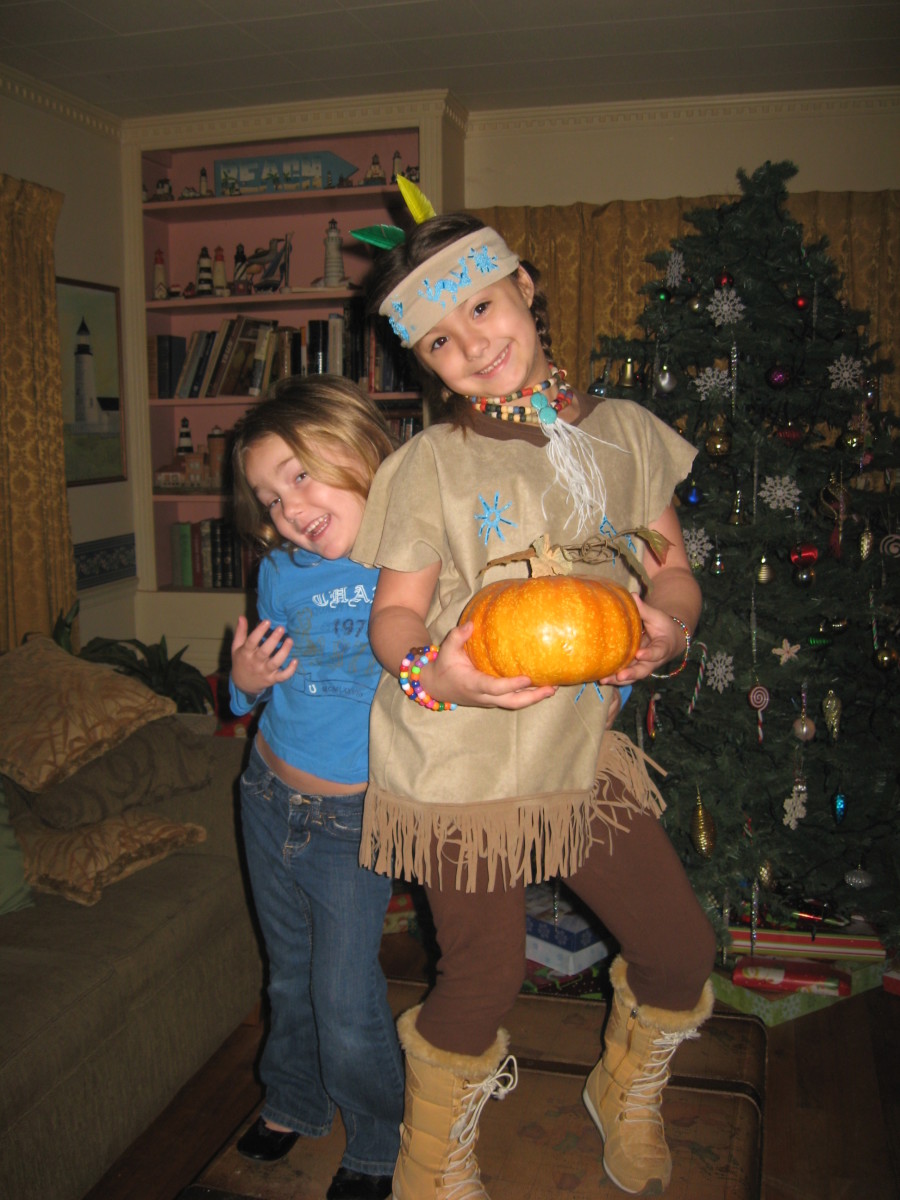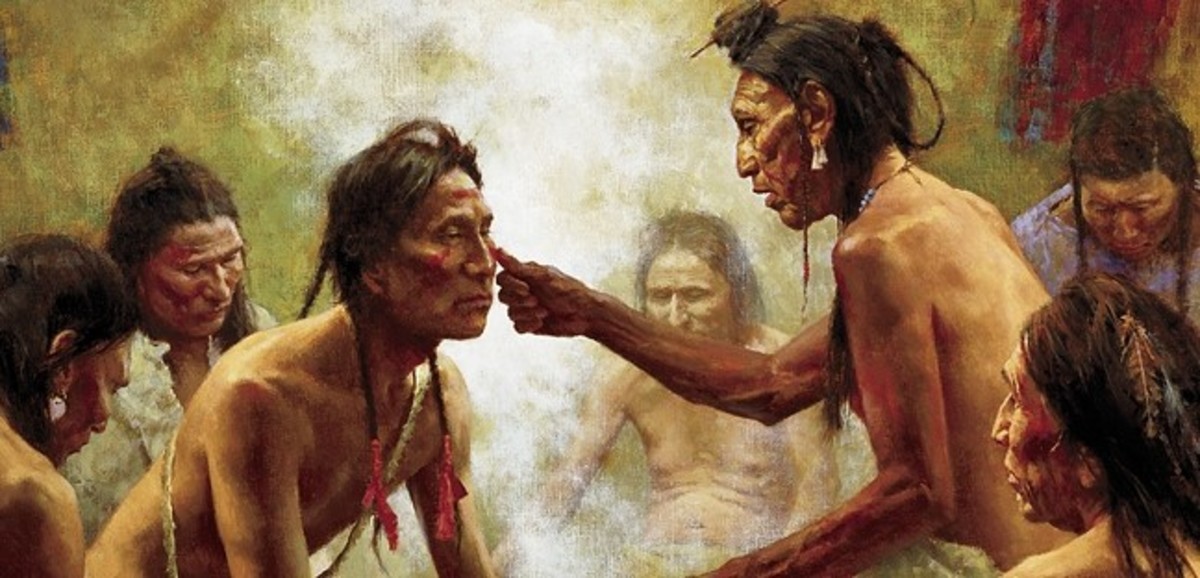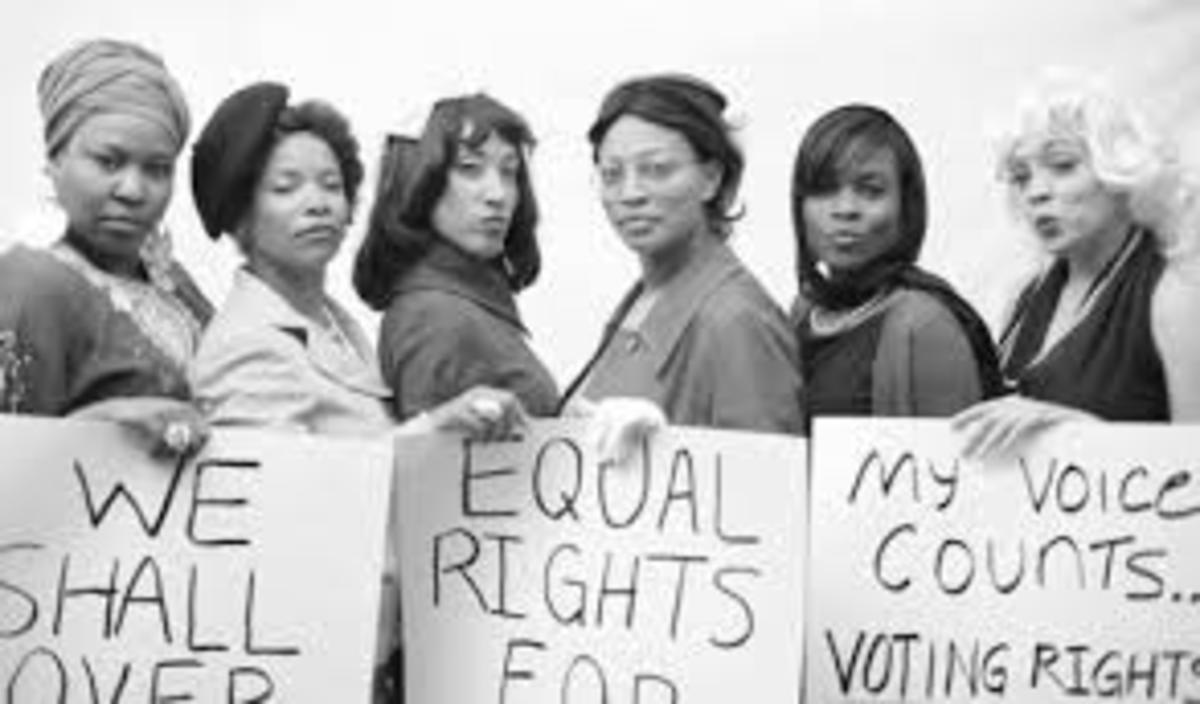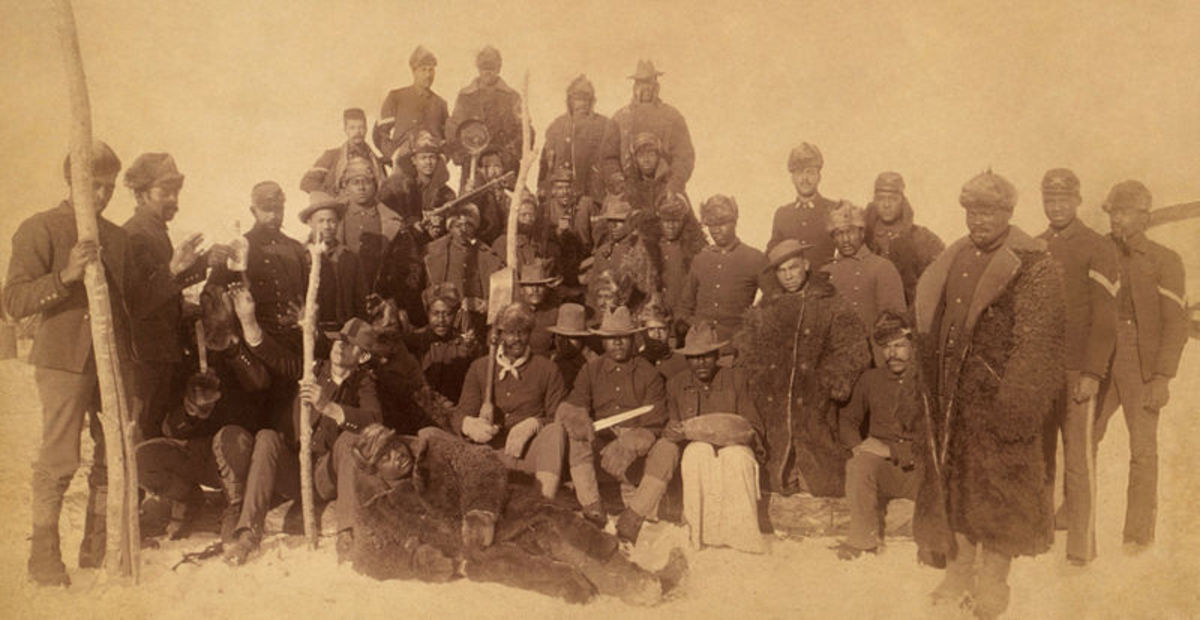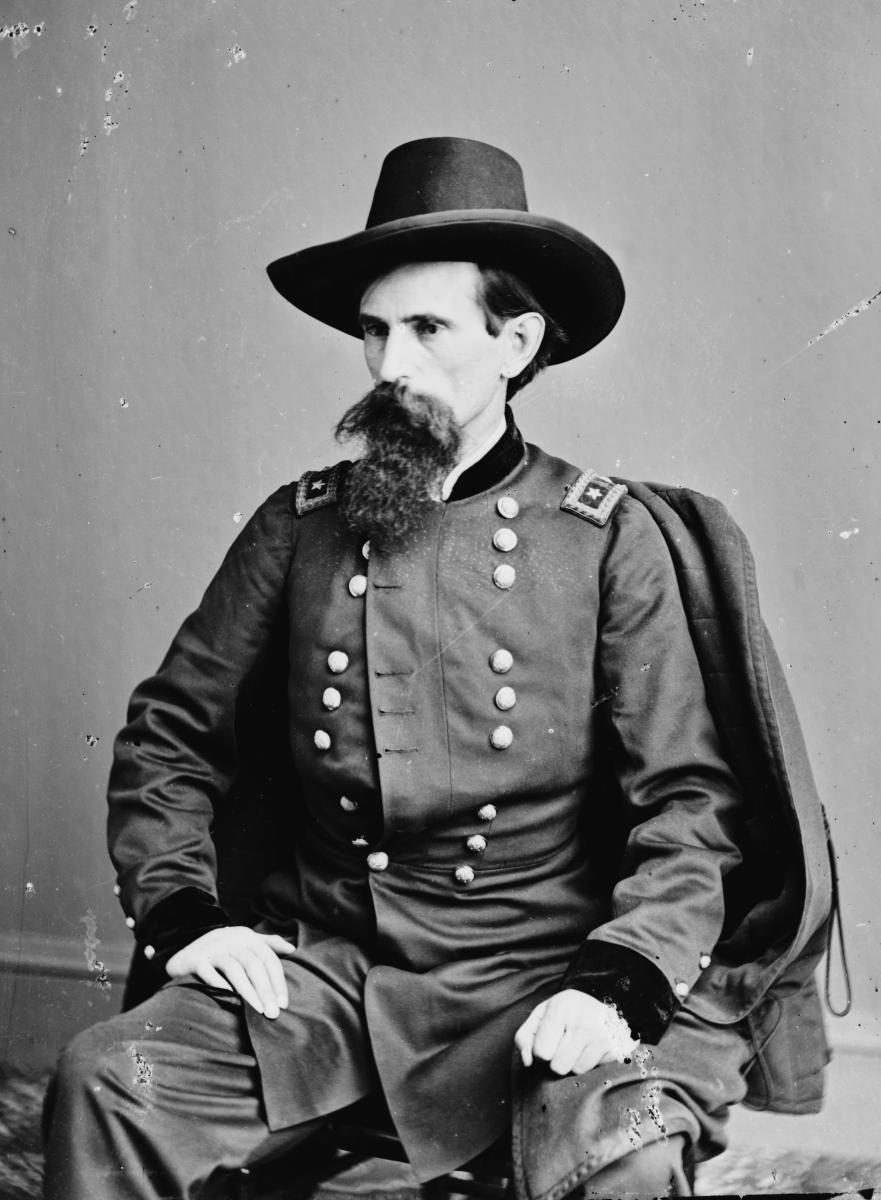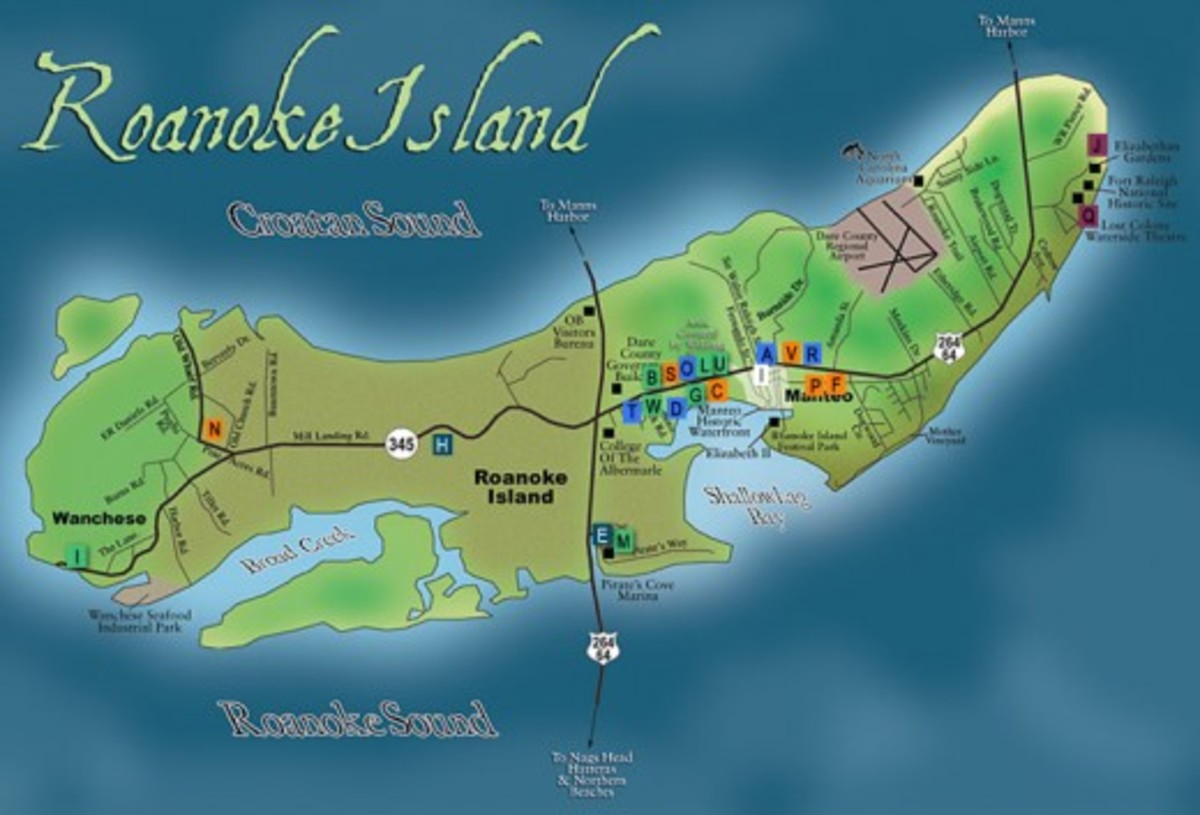- HubPages»
- Education and Science»
- History & Archaeology»
- History of the Americas
Civil Rights Movement Timeline
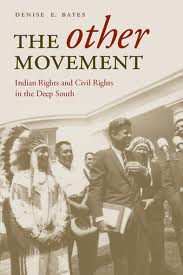
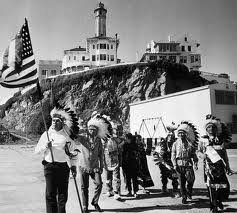
American Indians
The civil rights movement is almost always equated with African Americans, however many people in the sixties and seventies were in need of liberation. Native Americans, Hispanics and women were also wanting the same rights as the white man.
Native Americans were vilified and made to be sub-human for many years in America, their land was taken and they were forced to change their way of life for all the settlers moving into this country. So needless to say, they wanted to be a part of the country that was theirs long before white man came and they wanted a way to restore and retain their cultural traditions. The “Red Power” activist group wanted to overturn the termination passed in the 1950’s and bring more economic resources to their small reservations and their people. By different tribes coming together and creating their own social services, they were able to help their people in many ways. They also created their own colleges and scholarships for Native Americans. Congress also passed laws to restore the Native Americans right to govern their own people and land on the reservations. The Alaskan Natives Claims Settlement Act provided funds and land to Alaskan Indian Tribes in return for the land taken from them many years before. Native Americans also protested for rights to fishing rights for the Pacific Northwest and was accomplished by peaceful fish-ins. Native Americans in Minneapolis created the American Indian Movement was responsible for several protests, including occupy the Department of Indian Affairs in Washington. The next year, they took over the city of Wounded Knee for seventy days before leaving peacefully.
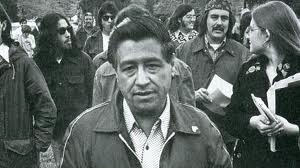
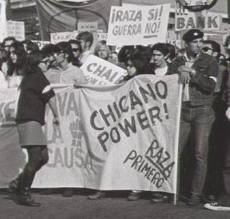
Latinos
Latinos took a different approach to regaining their rights, also known as “Brown Power.” One of their more prominent activist groups was United Farms Workers, started by Cesar Chavez, however this was a multi-racial group and not exclusive to Latinos. What the UFW actually wanted was better wages for farm work , as well as safer working environments. Their protest took the form of strikes on certain foods like table grapes, all in an effort to bring awareness to their plights. To this day however, farm workers are not covered under many labor laws that apply to every other industries.
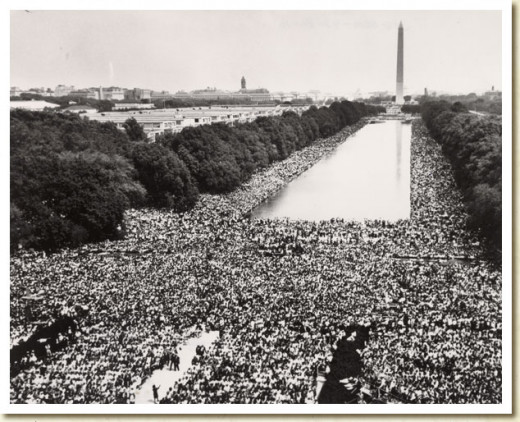
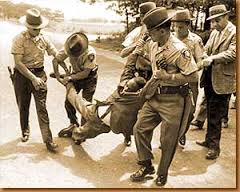
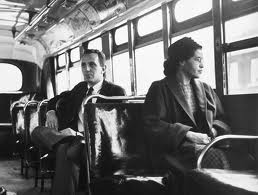
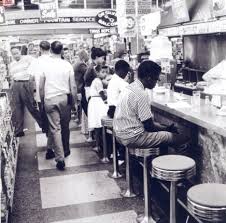
African Americans
Black Power encompassed the plight of the African Americans who were treated unfairly for years. Like all other minorities, they wanted the same rights and freedoms that many Americans took for granted. By the 1970’s, more than a thirty percent of African Americans were living in big cities in deplorable conditions. African Americans students started sit-ins in restaurants where they were not being served because of their race. Buses were an issue that made national attention when one woman, Rosa Parks refused to get up out of her sit for a white rider, which was the custom at this time. Quickly after her arrest, many African Americans boycotted the public buses to protest their inequalities. Speeches were a major part of protest from men like Martin Luther King Jr. and Malcolm X. Both men were quickly silenced by assassination, however their messages lived on through their words.
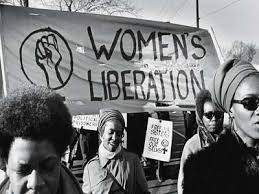
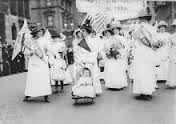
Females
Women at the same time were dissatisfied with their plight in America. They wanted to be considered equal their male counterparts in wages paid, jobs open to women, as well as more rights to their own reproduction . Most of the activism done in this time was coined feminism, a term that is continually used today. Feminist were responsible for gender being added to the Civil Rights Act of 1964, helping to open the door to better pay and jobs. Birth control pills introduced in the early sixties also helped women to have more control over creating unwanted children.

